Cross-border cooperation or random splicing, how to deal with cross-border cafes from design analysis
For professional baristas, please follow the coffee workshop (Wechat official account cafe_style)
I do not know since when, cafes are no longer the monopoly of chain brands, it is synonymous with minority / independence, especially in first-tier cities such as Shanghai and Beijing, where individual cafes are opened on all streets. The cultural value of these cafes is highly developed by shopkeepers, with a strong personal style of shopkeepers, different shopkeepers. Unreservedly integrate their different cultures / past experiences / working backgrounds into their own cafes, which no longer sell a cup of coffee, but a pool of emotions, and young people are more willing to get close to such cafes.
The high degree of relevance of the cafe itself makes it seamless with any industry without a sense of violation. At the same time, unlike other catering industries, it does not have a high threshold and relatively low capital and labor costs, which makes it easy to try. Painters can open cafes, sell paintings and release exhibitions at the same time. Travel enthusiasts can open cafes and sell their trophies in the pavilion. Even if they are slow to sell, they also make the soft outfits of cafes strange and interesting, make guests novel, and become a gathering place for photography lovers. Can you think of any industry stores that can't be combined with cafes? Absolutely not!
Cross-border cafe is the product of cultural complex, and its beginning is interesting and beautiful, but when this model is excessively copied and used by unknown businessmen, its result will be miserable. While the high-quality spiritual culture of cross-border cafe itself will be eroded, the owners will also face the failure of interests in a down-to-earth manner in the exchange and discussion with Shanghai Senzhi Space Design (MINGSDESIGN). They shared the key points of cross-border cooperation.
Make clear the proportion of main and sideline.
Since it is cross-border, it must be a coffee shop + A, or even a coffee shop + A coffee shop. Then the business proportion should be determined in advance and fed back to our space design, which is not only the appearance presentation, but also the confirmation division of the actual use function; you can't simply and rudely smash a cafe bar into the store, consider connecting its operation line with other businesses, rather than interrupting it.
Cross-border cooperation between clothing brands and cafes completed by MJSTYLE and MINGSDESIGN
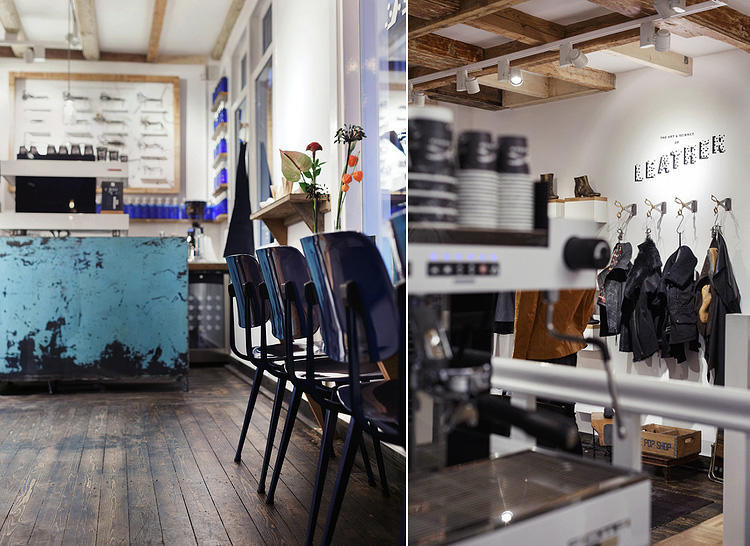
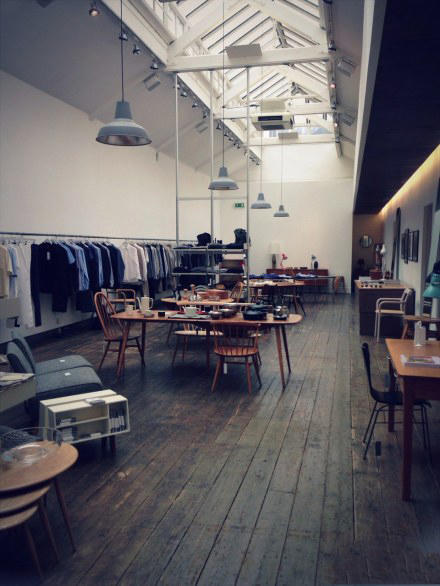
The offline clothing experience store cannot use the yellow light source commonly used in the coffee shop itself, and the dark light will hinder the customer's first willingness to choose and buy clothes; the bar and seat settings of the cafe can not interrupt the customer's shopping route. increase customer fatigue; consider the gap between the coffee area and the clothing area to prevent food from damaging clothing In this way, MINGSDESIGN has determined the design idea of the return and tolerance of the central pavilion. The business area of the cafe is located in Nakajima, so that the customer's moving line will not be interrupted. At the same time, the rest area of the cafe can be seen from all angles, even the first-time guests will not ignore it. The clothing area still uses bright lighting, while the area of the cafe uses a yellow light source and a point light source to emphasize the sense of area; the partition is half-waist or done with green plants / furniture, without stiff walls, the space is more free and open, but there is also obvious area excess.
Fully consider the integration of business and the way of presentation
Jiyuan Cafe is a cross-border innovation of Shanghai Dandou Home, making use of the scene characteristics and consumption pattern of the cafe to create an offline furniture experience life hall.
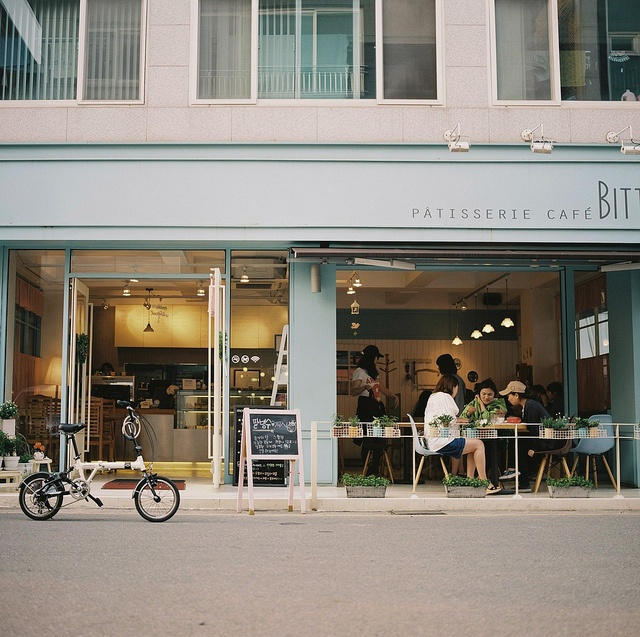
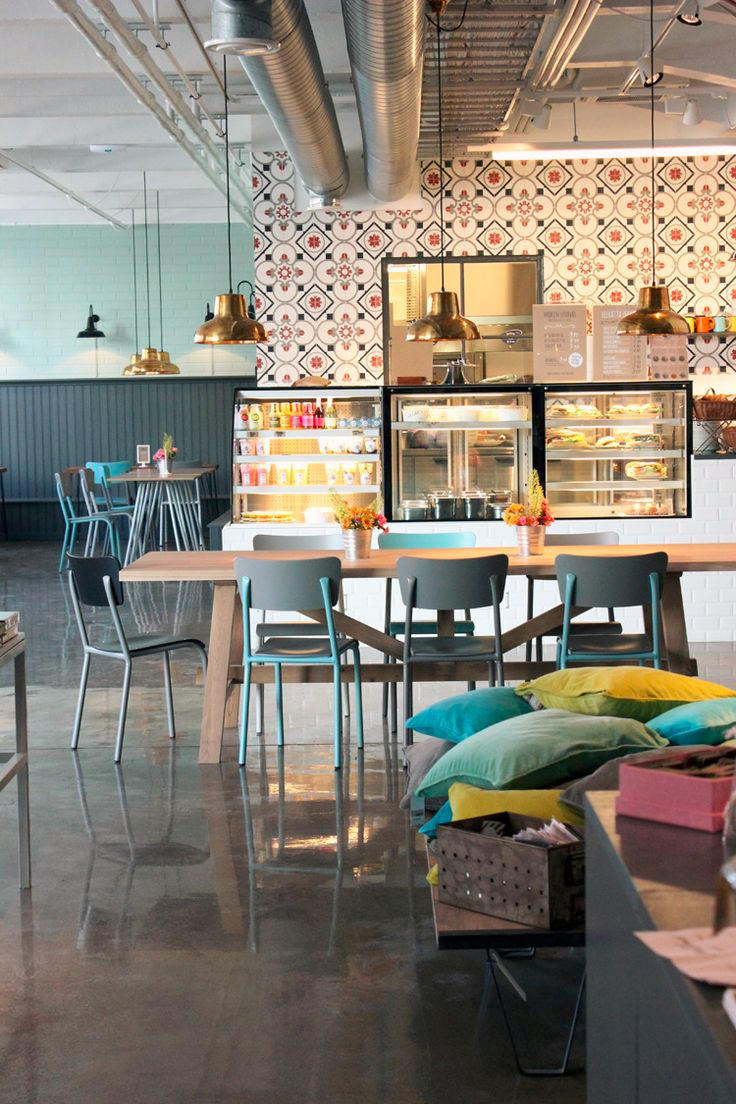
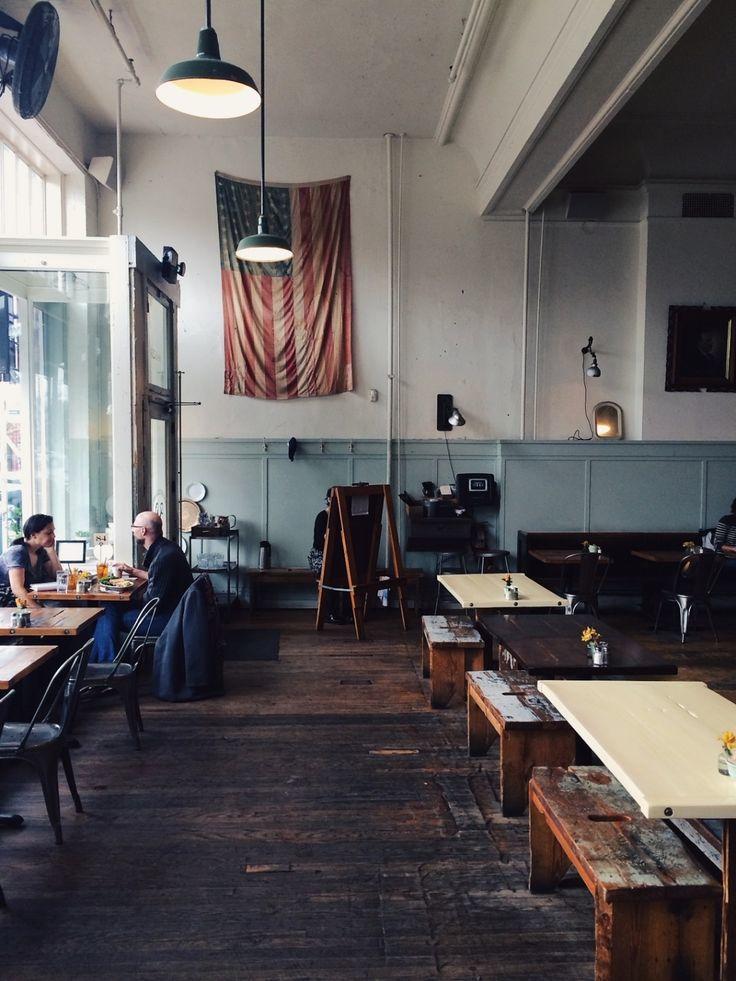
Maximize the use of Dandou's own furniture items for design and decoration, fully integrate the furniture into the cafe, do not set up the product sales area, blur the concept of furniture display, and directly enter the feeling stage of use. enable customers to complete the product experience in the most relaxed situation; not only that, but also expand the audience and increase brand exposure
For MINGSDESIGN, the difficulty of designing such a cross-border cafe lies in such a fully permeable blending mode, which requires a full understanding of the main products, furniture style / texture / color / size, and the design of the wall and floor seems to need to be weakened. In fact, it takes more thought, not only to blend with different styles of furniture, but also to form an invisible unified carrier. So that the content is rich without being too cluttered and oppressed. The setting of the light source is also particularly important, not too dark, can not see the product details, can not be too bright, break the overall atmosphere of the cafe, the use of point light is maximized here.
No matter how cross-border it is, MINGSDESIGN says that design companies must first consider the industry attributes behind the cross-border, as well as the business ideas of the shopkeeper, and only understand the nature of the business to complete the real cross-border design; just mechanically put the functional modules of the coffee shop into other stores, then it is really just more sinks / more coffee machines / more refrigerator display cabinets.
Important Notice :
前街咖啡 FrontStreet Coffee has moved to new addredd:
FrontStreet Coffee Address: 315,Donghua East Road,GuangZhou
Tel:020 38364473
- Prev

"Selling cute" sold 4.4 billion yuan,"cute" economy beyond your imagination!
Professional barista communication, please pay attention to coffee workshop (Weixin Official Accounts cafe_style ) from Line friends to 22 million passengers as soon as it opens, to various coffee shops with IP, theme parks, and then to doll machines that young people indulge in. Throw out other profit points, they all seem to have one thing in common: "cute." The killer skill of offline drainage: using cuteness, taking photos, and drying pictures
- Next
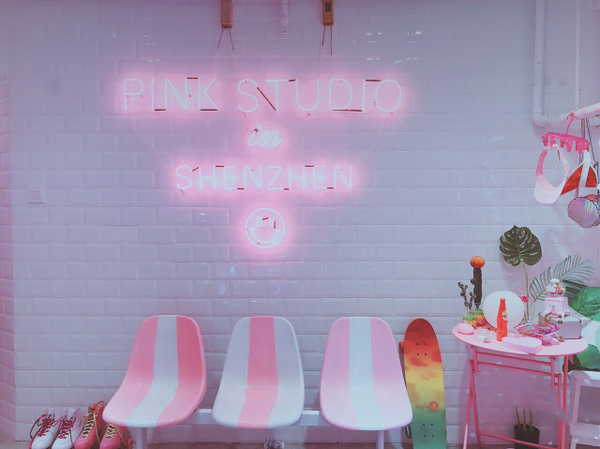
TOP3 online celebrity coffee shops all over the country are full of young girls' hearts! Must go on a date to take pictures!
Professional barista communication please follow the coffee workshop (Wechat official account cafe_style) this is the weekend special ~ the weekend is coming, have you made up your mind where to go with your best friend / boyfriend? Whether you have it or not, you have to see it! Our family, Yi, was so worried about your weekend that she specially collected super-good-looking online celebrity shops in major cities for you, not only eating and drinking, but also
Related
- What documents do you need to go through to open a coffee shop? coffee shop coffee shop certificate processing process
- How to purchase Coffee beans in small Cafe how to choose a suitable supplier for domestic Coffee supply Company
- How to drink Starbucks Fragrance White Coffee? how to make Australian White Coffee? what Italian coffee beans are recommended?
- The Story of Flora Coffee: the name of Flora Coffee Bean and the implication of the Flowers on Florna Coffee
- How much does a cup of coffee cost? How much is the profit of a cup of coffee? What is the profit of the coffee shop in a year?
- Yunnan small Coffee, known as "fragrant Coffee", introduces the characteristics of Alpine Arabica Coffee producing areas in Yunnan, China
- 2023 latest Starbucks full menu price list how much is a cup of Starbucks coffee what is better to drink the most popular hot and cold drinks recommended
- Starbucks different kinds of Coffee Price list Starbucks menu 2023 Top Ten Best drinks in Starbucks
- Starbucks Spring praise Comprehensive matching Coffee Bean theme Story Packaging implication and taste description
- The cost of a cup of coffee latte American coffee cost price and selling price

